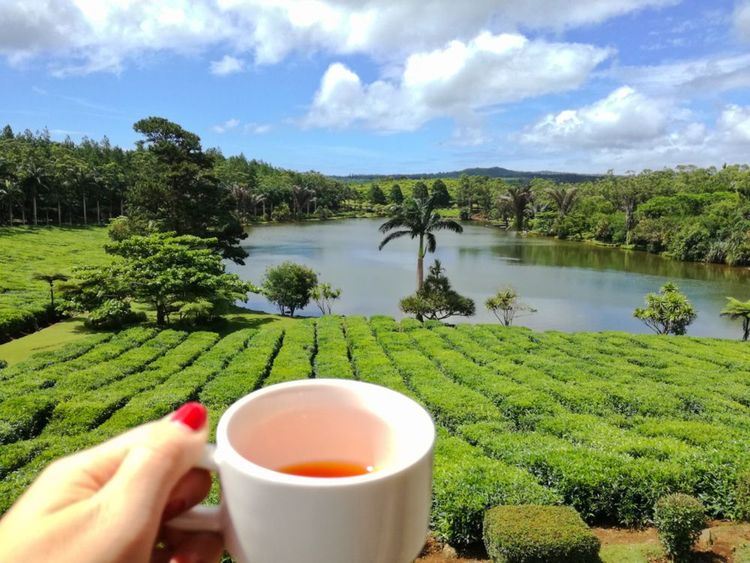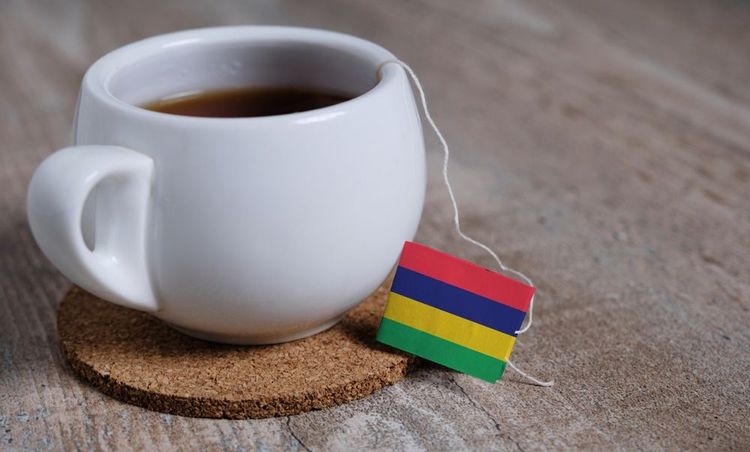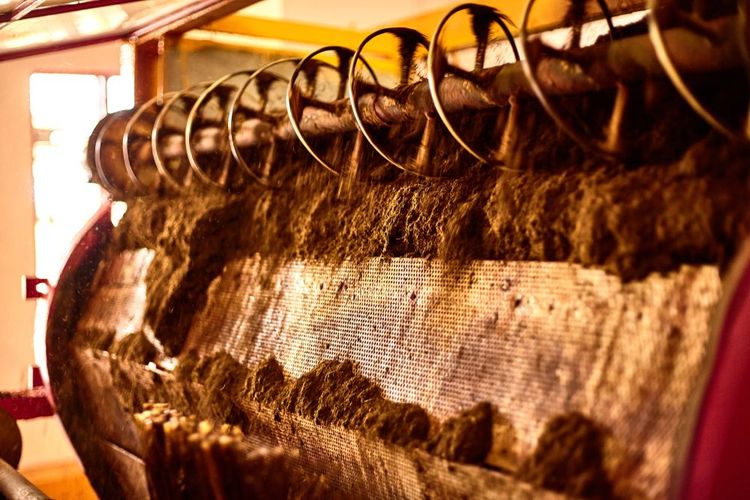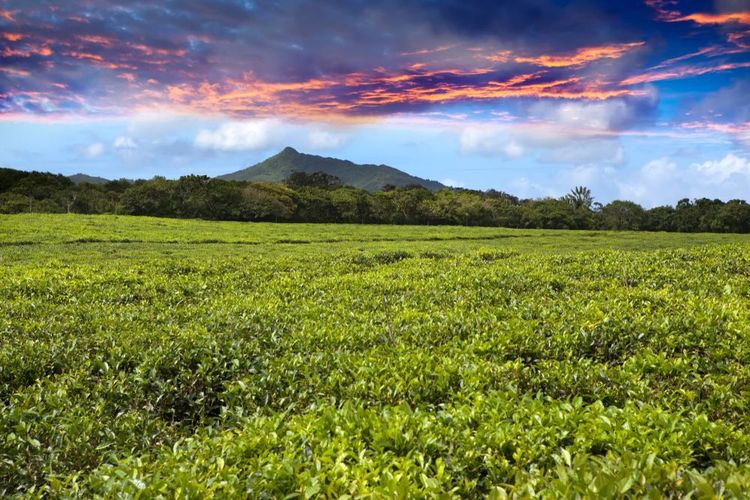Cultivated since the 18th century, the tea leaf arrived on the island on the initiative of Pierre Poivre, a colonial administrator. Since then, this crop has taken root in Mauritian soil. To discover this fascinating heritage, an itinerary called the "Tea Route" takes in three key locations from Curepipe: the lush green landscapes of Bois Chéri and the old plantation mansions such as Domaine des Aubineaux and Saint Aubin.
 Mauritius
Mauritius













